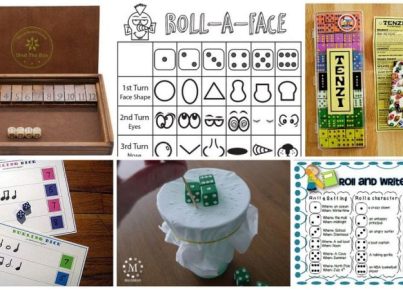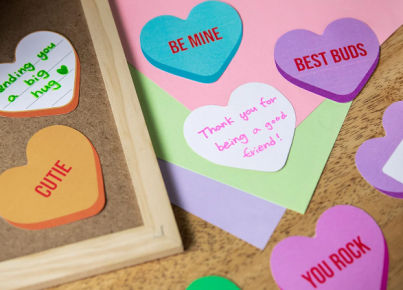Learning to tell time can be a challenging skill for young children. To make the process fun and engaging, here are 13 activities that teachers and parents can use to help children master the art of telling time.
- Clock Manipulation: Provide children with various analog and digital clocks, and let them explore different ways to manipulate the hands to show specific times. This hands-on activity allows them to understand the concept of hours, minutes, and the relationship between the two.
- Time Bingo: Create bingo cards with different times written on them. Call out the time, and have the children match it with the corresponding clock on their card. The first person to get a line or a full house wins!
- Time Puzzles: Cut out different clock faces and divide them into two parts: the hour hand and the minute hand. Mix them up and have children match the hands to complete the puzzle.
- Time Memory Game: Create pairs of cards with different times written on them. Place them face down and have children turn over two cards at a time, trying to find matching times. This game helps improve memory and time recognition skills.
- Time Scavenger Hunt: Hide clocks or time-related objects around the room or outdoors. Give children a list of clues and have them search for the items, noting the time shown on each clock they find.
- Time Hopscotch: Create a hopscotch grid with different time increments instead of numbers. Children can hop to different squares, calling out the time shown on each square they land on. This activity combines physical movement with time recognition.
- Time Flashcards: Create flashcards with different times written on them. Hold up a card, and have children say the corresponding time out loud. This activity helps reinforce time-telling skills.
- Time Storytelling: Read a storybook that includes references to time or clocks. Pause at certain points and ask children to predict or explain what time it might be based on the events in the story.
- Time Race: Set up a racecourse with checkpoints marked with different times. Children have to run to each checkpoint and shout out the time shown on the clocks before moving on to the next one. This activity combines physical activity with time recognition.
- Time Song: Teach children a catchy song about telling time. Include lyrics that reinforce concepts like hours, minutes, and how the hands of a clock move. Singing along can help children internalize time-related vocabulary.
- Time Art: Provide children with paper, markers, and stencils of clocks. Have them draw and decorate their own clocks, labeling the hour and minute hands correctly. This creative activity reinforces time-telling skills and encourages personal expression.
- Time Relay: Divide children into teams, and set up relay stations with clocks showing different times. Children have to run to the clocks, read the time, and run back to their team to tag the next person in line. The team that completes the relay first wins!
- Time Worksheets: Engage children in time-telling worksheets that include a variety of exercises such as matching analog and digital clocks, filling in the missing hands, and solving time-related word problems. These worksheets provide structured practice and consolidate time-telling skills.
By incorporating these 13 activities into your teaching or parenting repertoire, you can make learning to tell time a fun and interactive journey for children. Remember to adapt these activities to suit the age and abilities of the children you are working with, and watch them become confident time-tellers in no time!





